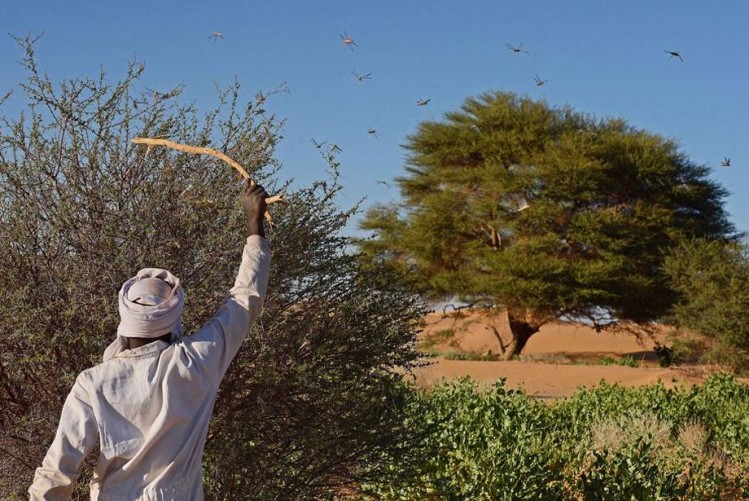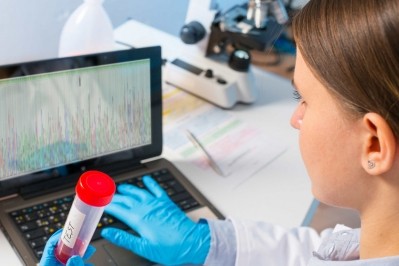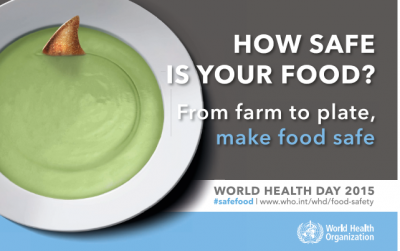FAO calls for integrated approach to food chain crises

They show how prevention, early warning, preparedness, food chain crisis management and practices can improve security and safety.
Food can be contaminated in the processing and marketing phases that often take place in different countries making it more difficult to identify the point of contamination.
Ren Wang, FAO assistant director-general, said the food chain safe is becoming increasingly complicated in an interconnected and more complex world.
“That's why we believe it's important for sectors involved in food production, processing and marketing to watch out for current and potential threats and respond to them in a concerted manner.”
Why are incidents changing?
Food safety incidents can have significant security and economic impacts in developed and developing countries. This is due to agri-food trade disruptions, losses of food and incomes and health care and productivity costs.
One example is Mali, Uganda and Tanzania, livestock farmers using the EMA-i app to collect animal disease information from the field on smartphones.
Data is sent in real-time to the Global Animal Disease Information System (EMPRES-i) at FAO and shared at national, regional and global levels.
This helps analysis to provide a rapid response to the disease.
FAO said food availability and hygiene are compromised by diseases and pests that plague plants and animals as well as various types of contaminants.
The UN agency added threats are traveling faster and making effective and timely responses more difficult.
This is due to changing agro-ecological conditions, conflicts, civil unrest, intensifying food production systems and expanding global trade increasing the likelihood of threats emerging and spreading further and faster than before.
Early detection and timely reaction
The FAO Global Early Warning System (GLEWS) informs prevention and control measures, through the rapid detection and risk assessment of health threats and events.
FAO said the growing number of outbreaks caused by existing and emerging threats has increased the need to predict them in the whole food chain.
Early detection and timely reporting of animal diseases from the field are a challenge in developing countries, where weak infrastructure, human resources, capacities and lack of incentives have an impact to effectively implement adequate disease surveillance and reporting.
The Food Chain Crisis - Emergency Prevention System (FCC-EMPRES) is to prevent, provide early warning and respond to threats that may hit any step of the food chain.
The ability to predict FCC threats through forecasting helps governments act quickly by taking necessary measures to prevent them, limit geographic spread and minimize impact.
One unit of EMPRES is related to food safety focussing on foodborne pathogens (e.g. Salmonella and Enterohaemorrhagic E. coli) and chemical contamination (e.g. mycotoxins, marine biotoxins).
More than 200 diseases are spread through food contaminated with bacteria, viruses, parasites, natural toxins, pesticides, and chemical or radioactive substances. Exposure to these contaminants can lead to infectious diseases, acute toxicities, cancers and developmental defects.
Hazards can also spread through distribution of unsafely produced, processed or handled food. Such events can occur in two or more countries and sometimes result in regional or global emergencies.


















